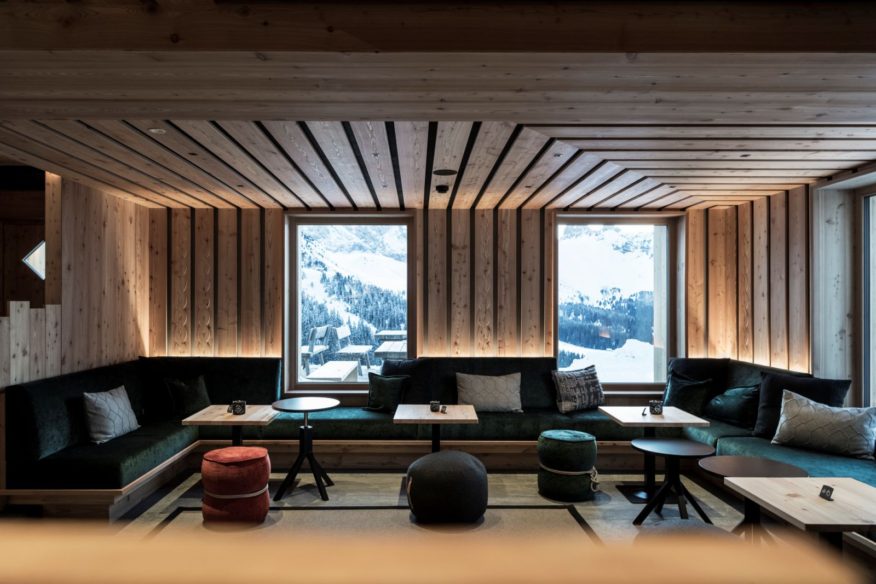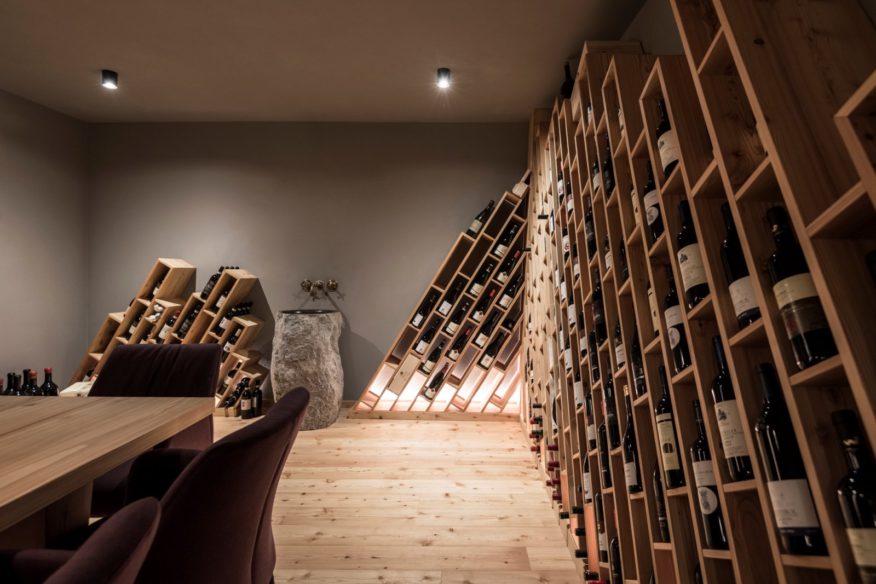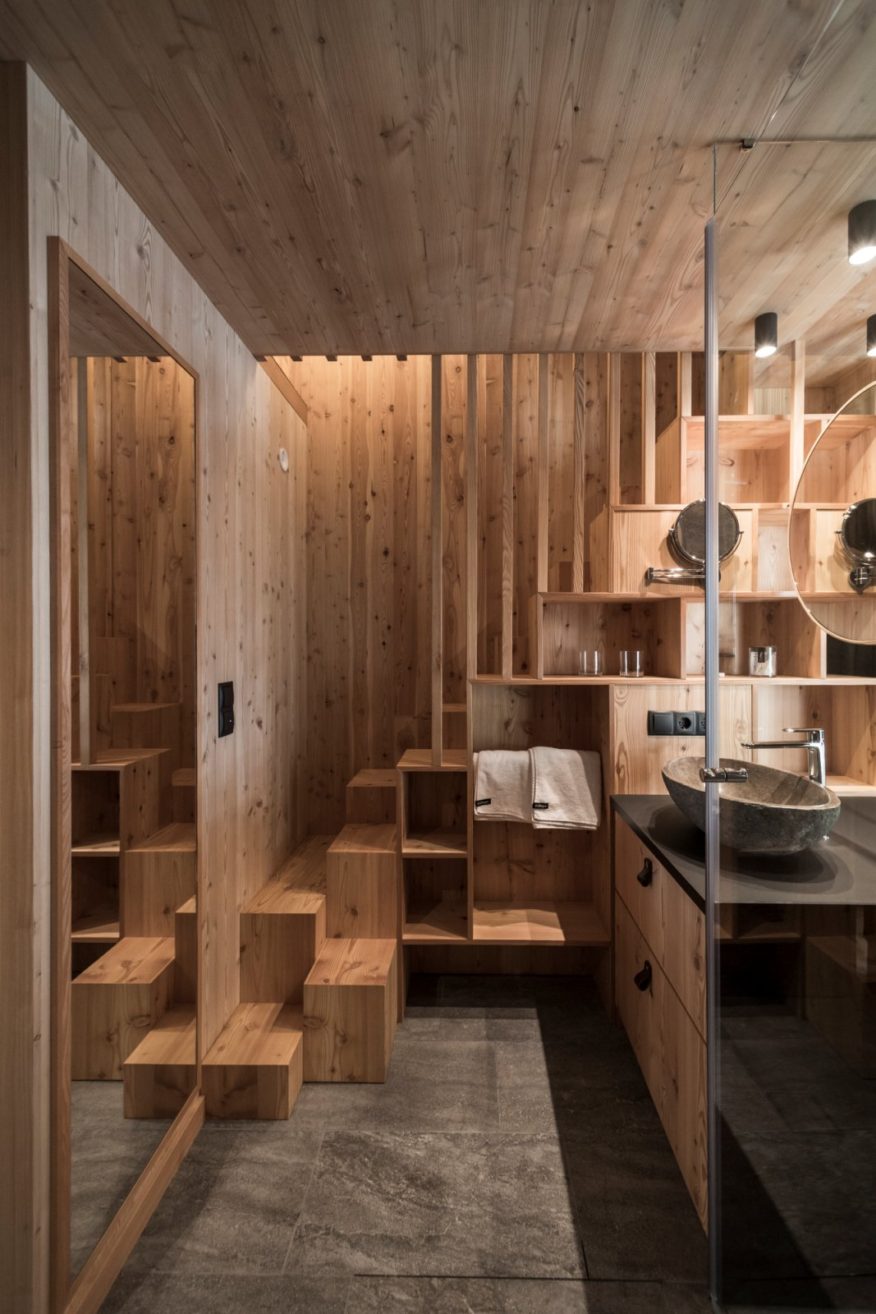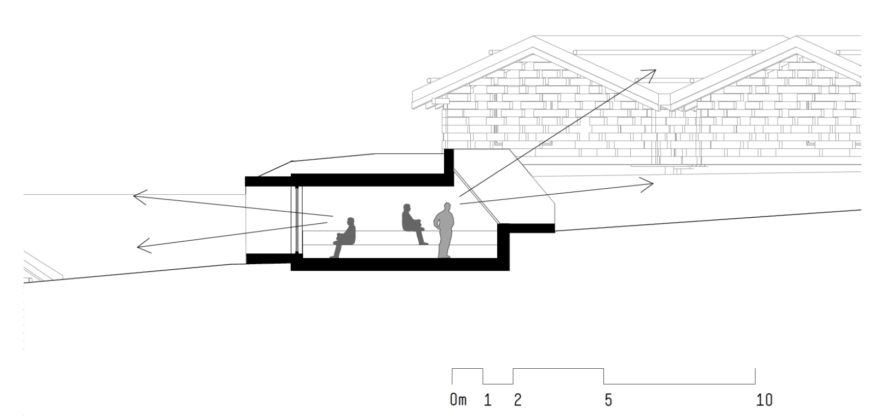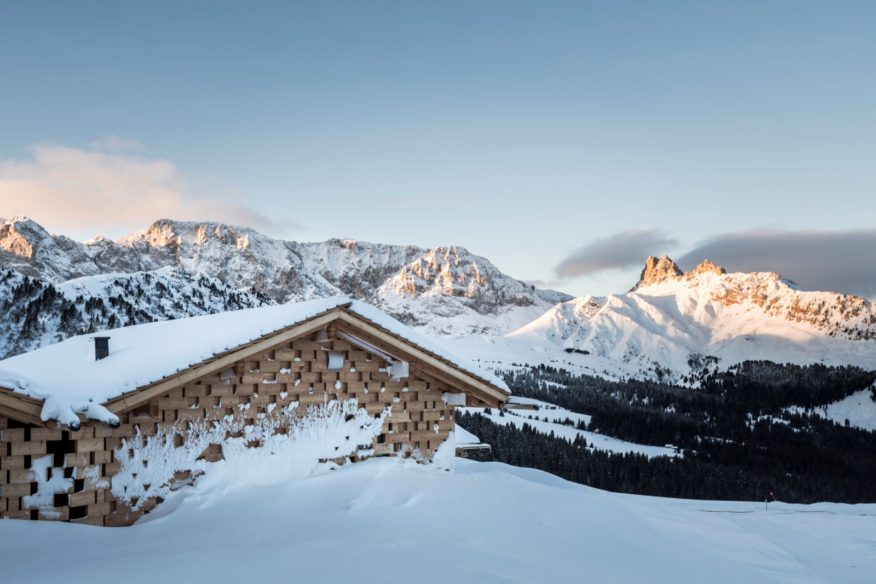
With the renovation and expansion of the Zallinger Refuge at the Seiser Alm/ Alpe di Siusi, a new model of hospitality was born and serving as a good example of responsible tourism. The nineteenth-century barns are reborn as mini-chalets, which bring back the charm of an alpine village. The South Tyrolean tradition is combined with comfort, quality of design and sustainability.
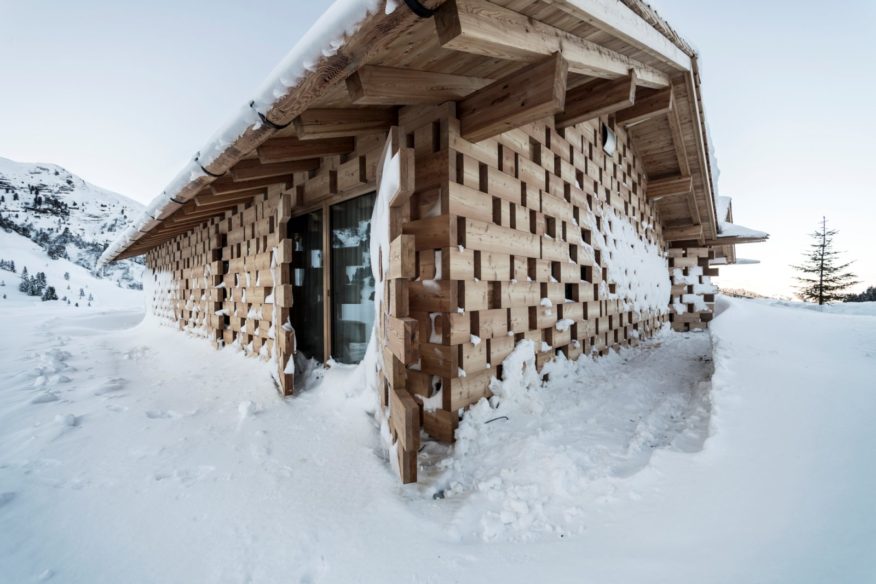
The project, designed by noa*, an architecture studio in South Tyrol that has long been committed to developing innovative models of receptivity and green tourism. The aim was to improve the quality and accommodation capacity of an old high mountain hotel structure without altering the delicate landscape and environmental balance, while at the same time creating aesthetic value and sustainability.

This was noa*s goal in the planning and expansion of the Zallinger Refuge in the Alpe di Siusi area. The project, completed in 2017, has created new spaces without altering the existing volumes, and at the same time has returned to the historic settlement with the characteristic of the original small village.

Through the solutions and materials adopted, the magic of that era was brought back to life, in both respect for the environment and traditions. The Zallinger Hut was first built in the middle of the 19th century at 2200 meters, below the Sassopiatto. It was formerly surrounded by seven barns and a small church. Subsequently the barns had been replaced by a single large building (1880), which over time had assumed other functions.

The extension was an opportunity to revive the original structure, proceeding, as well as the restructuring of the central body of the hotel, the demolition of the former barn and the construction of seven new chalets arranged respecting the original plan of the site. Noa*’s aim was to recover the traditional structure of the South Tyrolean mountain pastures in a modern way, which resulted in the design of the new chalets.

The external claddings that surround the chalets are made of blocks of solid wood appearing to be stacked together in an alternation of full and empty spaces, becoming a dominant motif of the new settlement. The outcome, inspired by the structure of the ancient barns, avoids the annoying reflections of the exposed windows, inappropriate in a high mountain context.
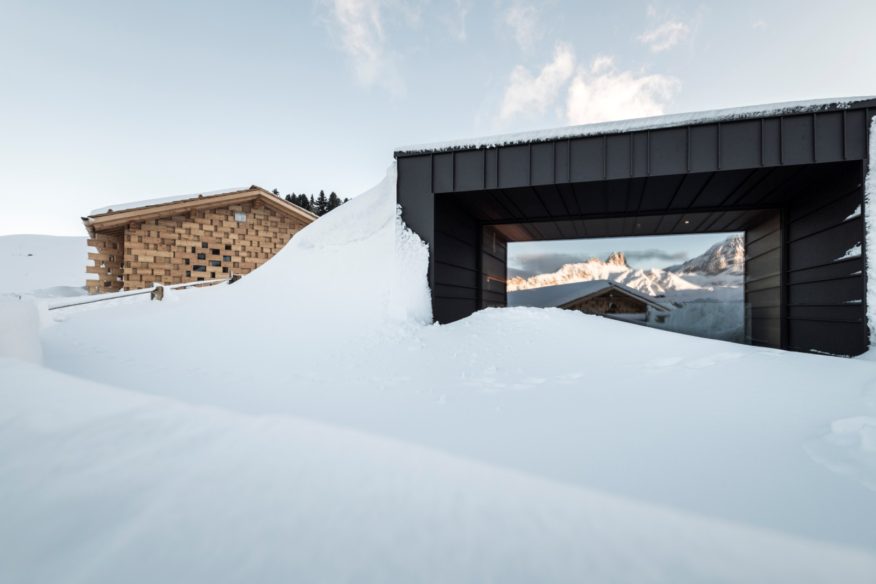
The wooden panels are designed to be able to open at the large windows, providing a view of the spectacular alpine scenery, while when they are closed create evocative light and shadows in the rooms, contributing to the relaxation of hotel guests. Sustainability, respect for the mountains and direct contact with nature are the principles that have guided all design choices.

For example, in the design of the new rooms, careful use of the space was made to provide high levels of comfort in relatively small sizes; the roofs wood shingles, typical of the South Tyrolean tradition, were used; all the materials have been certified and the complex of buildings, heated by pallets, has obtained the Clima Hotel certification.

It was even decided not to illuminate the paths connecting the chalets and the shelter, to avoid light pollution and allow guests, equipped with lanterns, to admire the charm of the starry sky. It is significant that along with the refurbishment of the Zallinger Refuge, a plan has also been launched to minimize the flow of cars in an area that has seen strong visitor growth in recent years.

Starting in 2014, the Zallinger property, with the support of noa *, involved the managers of 6 other refuges in the area in the construction of a single collection point for the guests’ cars located in the valley. This structure is nearing completion, but already in 2017 the arrivals to the guesthouses occur only by bus or, in winter, with the ‘snow cat’. Source by noa*.

- Location: Seiser Alm/Alpe di Siusi, Saltria, Italy
- Architect: noa* (network of architecture)
- Interior Design: noa* (network of architecture)
- Client: Berghaus Zallinger, Luisa Schenk & Burger Markus
- Volume: 9.608 m3
- Surface area: 1.870 m2
- Completion: December 2017
- Photographs: Alex Filz, Courtesy of noa*

